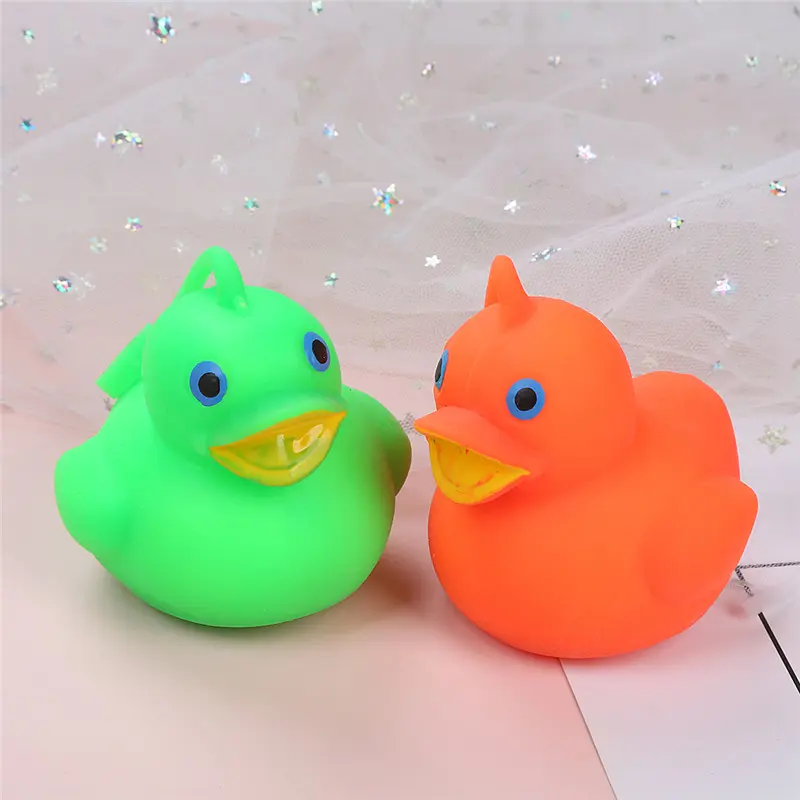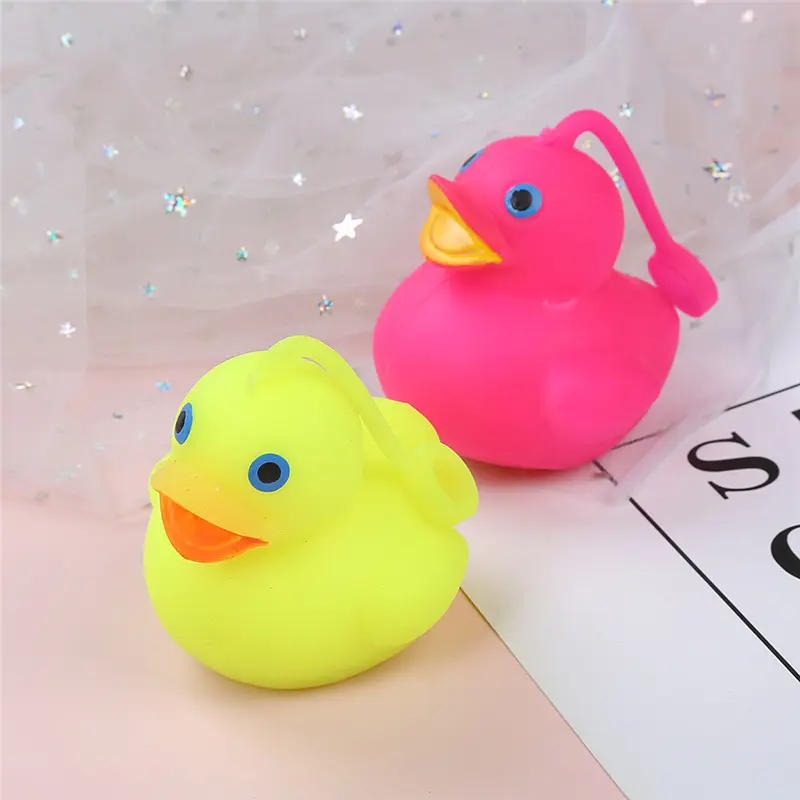Stress balls are a popular tool for relieving stress and tension, but what do you do when yours starts to feel sticky and uncomfortable to use? This common problem can be frustrating, but understanding the reasons behind it and how to fix it can help you enjoy the benefits of a stress ball again.
There are several potential causes of sticky stress balls, and addressing each of them can help restore your stress ball to its original condition. Let’s take a closer look at why your stress ball might be sticky and what you can do to fix it.
1. Dirt and Debris
One of the most common causes of sticky stress balls is the buildup of dirt and debris on the surface. Every time a stress ball is used, it comes into contact with your hands, which transfers grease, dirt, and other substances to the ball’s surface. Over time, this creates a sticky residue that makes the stress ball uncomfortable to use.
To fix this problem, you can try cleaning your stress ball with mild soap and water. Gently scrub the surface of the ball to remove any built-up residue, then rinse thoroughly with clean water. Please allow the stress ball to dry completely before using it again. This simple cleaning process can help restore your stress ball and eliminate stickiness caused by dirt and debris.
2. Material classification
Another potential cause of sticky stress balls is damage to the material itself. Some stress balls are made of materials that degrade over time, especially when exposed to heat, moisture, and other environmental factors. As the material breaks down, it becomes sticky and uncomfortable to the touch.
If you suspect material damage is the cause of your sticky pressure balls, it may be time to replace them with new ones. Look for stress balls made from high-quality materials that are less likely to degrade over time, and be sure to store your stress balls in a cool, dry place when not in use to help prolong their lifespan.
3. Exposure to moisture
Exposure to moisture can also cause stress balls to become sticky. If your stress ball has been in contact with water or other liquids, it may absorb moisture into its material, resulting in a sticky or slimy texture. This is especially common if you frequently use your stress ball in a humid environment or if your stress ball accidentally comes into contact with water.
To fix this problem, you can try drying the stress ball completely. Place it in a well-ventilated area and allow it to dry completely before use. You can also try using a mild absorbent material, such as cornstarch or baking soda, to help absorb excess moisture from the surface of your stress ball. Once the balls are dry, you should notice a significant improvement in their texture.
4. Use lotion or oil
If you regularly use hand creams, oils, or other skin care products, you may inadvertently transfer these substances to your stress ball, causing sticky buildup on your stress ball over time. To prevent this from happening, wash and dry your hands thoroughly before using a stress ball and avoid using it immediately after applying lotion or oil. If your stress ball does become sticky from these substances, you can use the cleaning methods mentioned earlier to remove the residue and restore its original texture.
All in all, sticky stress balls can be a common and frustrating problem, but they can usually be solved with some simple solutions. By understanding the potential causes of stickiness and taking proactive steps to clean and maintain your stress ball, you can ensure that it remains a useful tool for relieving stress. Whether it’s removing dirt and debris, addressing material damage, drying out moisture, or avoiding the transfer of lotions and oils, there are effective ways to restore your stress ball to its original condition and continue to enjoy it long into the future. benefit.
Post time: Jan-04-2024

